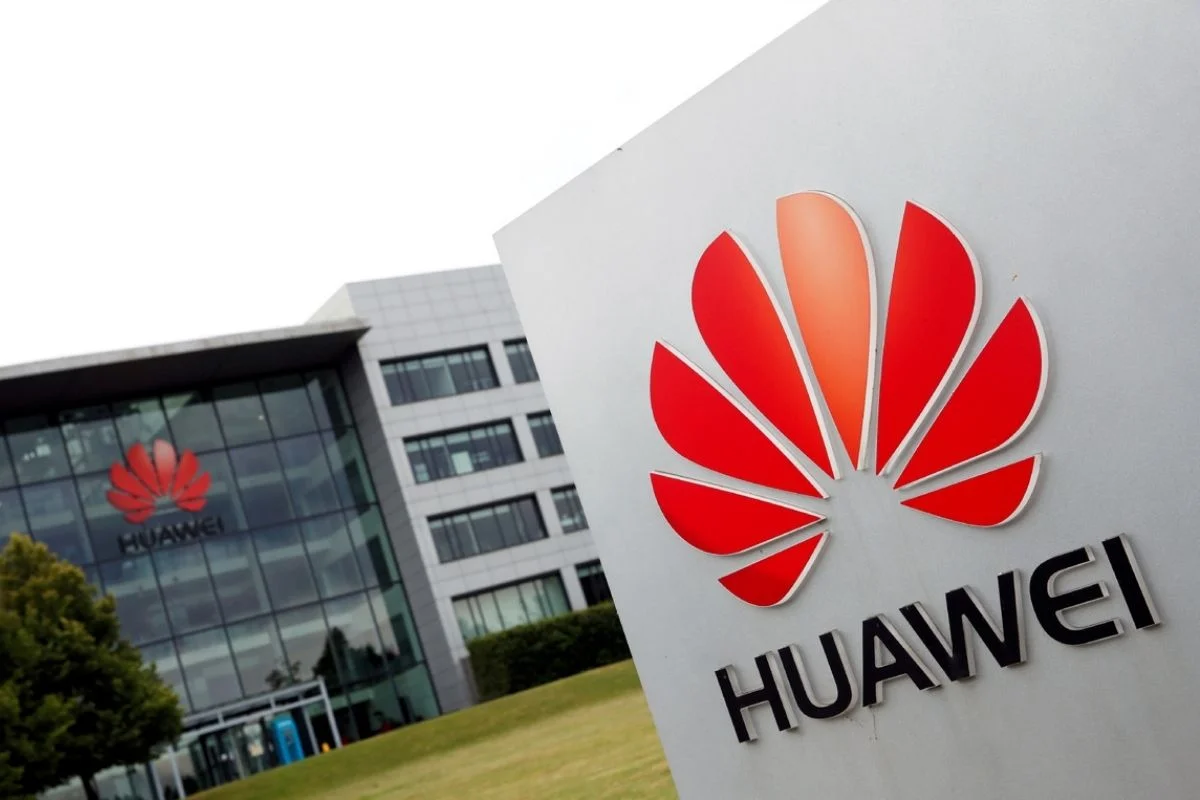
Around 2030, smart homes, smart campuses, and industrial internet are projected to undergo a significant transformation thanks to what Huawei is calling Ultra-Broadband 5.5G, according to David Wang, executive director of the board and chairman of the ICT infrastructure managing board at Huawei. The executive stated that ultra-broadband 5.5G would be a significant milestone on the road to an intelligent world in a keynote address at Huawei's Ultra-Broadband Forum 2022, which was hosted in Bangkok last week. He also suggested that the sector adopt four crucial steps to speed up this process.
Home Internet Will Now Have 10 Gbit/S of Speed
Wang predicts that, compared to the current 1 Gbit/s experience, residential broadband speeds will reach 10 Gbit/s by 2030. Currently, homes have 5 to 20 devices linked to their Wi-Fi networks on average. This is expected to alter when more people start using smart homes, which will increase this number to 150 to 200. As per Huawei's vision, it will be crucial for fiber-equivalents to be able to reach all room in every house.
The Chinese company also emphasised that Wi-Fi networks will need to enable intelligent operations and management by 2030 in order to deliver multiple 10 Gbit/s experiences for mid and large-sized campuses. Moreover, micro and small businesses will demand Wi-Fi networks that can give high-quality experiences, huge bandwidth, and one-stop intranet services, while industrial Internet will need a bandwidth greater than 10 Gbit/s and a latency lower than one millisecond.
A major step in their journey toward this intelligent future will be ultra-broadband 5.5G. All stakeholders in the market, such as standards bodies, authorities, operators, and equipment suppliers, will need to cooperate in order to reach this milestone. They will advance their sector as a team and advance to 5.5G ultra-broadband, Wang said.
In order to achieve ultra-broadband 5.5G, according to Wang, the industry must take four steps: define next-gen standards and come to an industry-wide consensus; jointly promote the rapid adoption of standards across entire product lifecycles, from technological advancements to product development, implementation, and operations; roll out ultra-broadband 5.5G more quickly using policies and target networks, and explore new apps and create a thriving eco-system.















